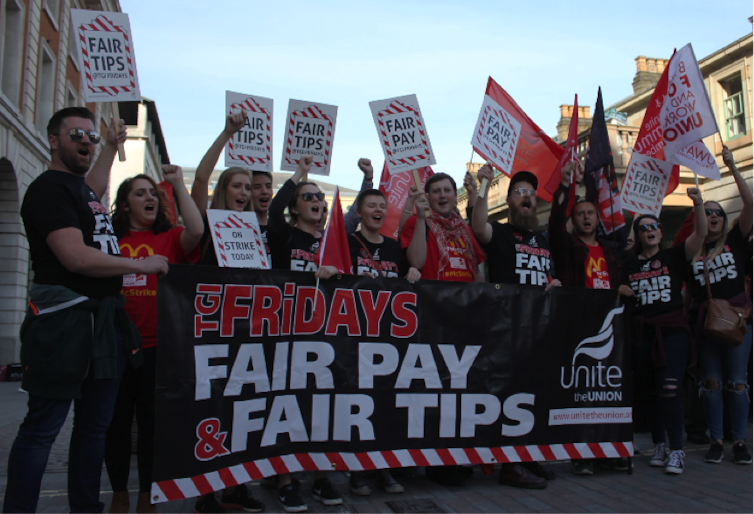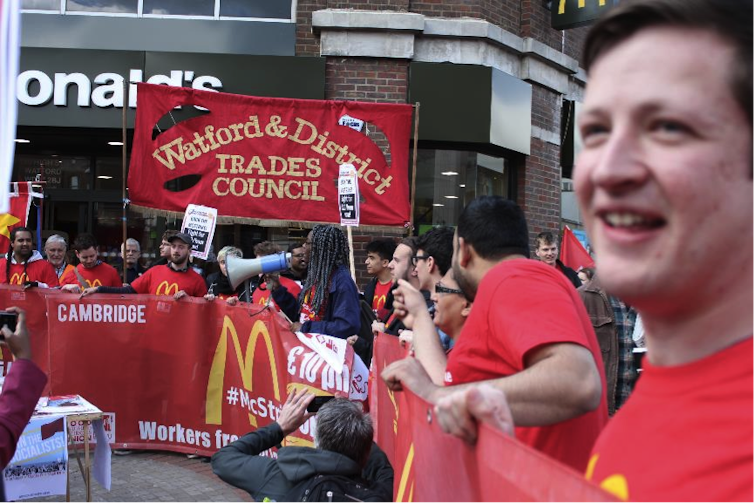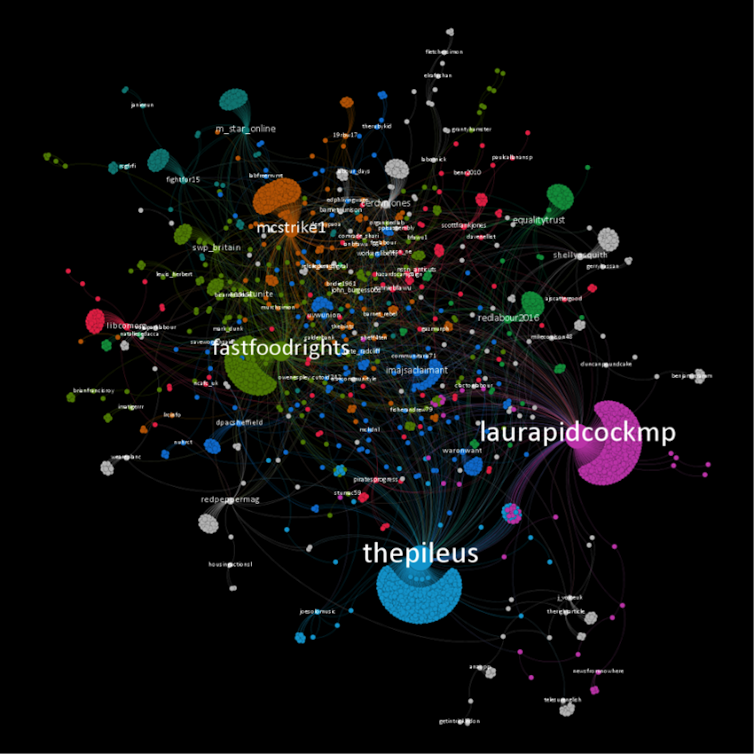 |
| mronline.org |
by Jeremy Williams, Make Wealth History: https://makewealthhistory.org/2018/06/18/could-free-public-transport-inspire-sustainable-travel/
All around the world cities are struggling with traffic congestion, and with the associated delays, carbon emissions and air pollution. Behind every traffic jam are thousands of personal decisions about how people are going to travel. The more people choose public transport, the fewer traffic jams and the less pollution there will be. But how do you get people to give up their cars?
A growing number of cities are turning to what looks like an obvious solution: make public transport free. It would entice people onto buses and trams, and it has the added benefit of democratizing public transport and making sure that nobody is excluded. Germany announced a trial run in several cities earlier this year, but dozens of places already have free transport in one form or another. Here's a small selection:
- Talinn is the one of the best known. The Estonian capital offers free public transport to local residents, paid for in part by the high number of paying visitors and tourists.
- Geneva does it the other way round, and offers tourists a free public transport card for the length of their stay. This encourages visitors to leave their cars behind.
- Melbourne has free tram transport in the city centre, a deliberate effort to discourage people from driving into the city. Kuala Lumpur also discourages driving in its downtown business district by laying on free wifi-enabled LPG powered buses.
- Singapore made bus travel on key commuter routes free before peak time. This encouraged more people to go to work earlier, and reduced pressure on the transport network during the rush hour.
- As my parents regularly remind me, over 60s get free bus travel in Britain. London offers free bus travel to children and teenagers.
Of course, there's no such thing as 'free' public transport. It's just not paid for through the traditional method of charging riders for a ticket. Most of these free schemes are subsidised by local government, and because of that they're quite precarious. Britain has had several examples of free bus services that have fallen foul of budget cuts and introduced fares - here's one in Huddersfield that used to serve students. Should we be relying on governments, national or local, to be paying for transport?
Before we jump too quickly to say no, it's worth remembering that car drivers don't pay the full cost of their transport choices either. The costs of congestion, pollution, accidents and climate change are all externalised. Governments often pay for roads and maintenance, parking and policing. Everybody's getting a subsidy one way or another. Why not price in more of the full cost of driving, and use it to encourage public transport?
Government doesn't have to be the only way to pay for it either. Hybrid funding models can draw on sponsorship and advertising. Business districts or universities might want to pay for transport that serves their areas. And funds can be tied directly to cars: Baltimore's 'Charm City Circulator' was designed as a low-emissions free bus service paid for by higher parking charges. In Hasselt, Belgium, plans for a bypass were scrapped and the money spent on making buses free instead. They ran free for 16 years before rising costs brought fares back in.
Does it work? Evidence is mixed. Talinn found that the people most likely to use the free bus were not car drivers but pedestrians. The number of bus riders rose, the number of walkers fell - but 10% of drivers did switch to the bus, which made enough of a difference for the scheme to be judged a success. In fact, Estonia is planning to follow Talinn's lead and make a nationwide free transport network. In other places, bus travel soared and there's no question that it worked. But since there are many models for funding and operating free travel, and many different goals - from reduced rush hour traffic to social inclusion to air pollution - there's no one way to assess success.
Since there are so many overlapping social and environmental benefits of free public transport though, I expect we will hear more about it in future.



